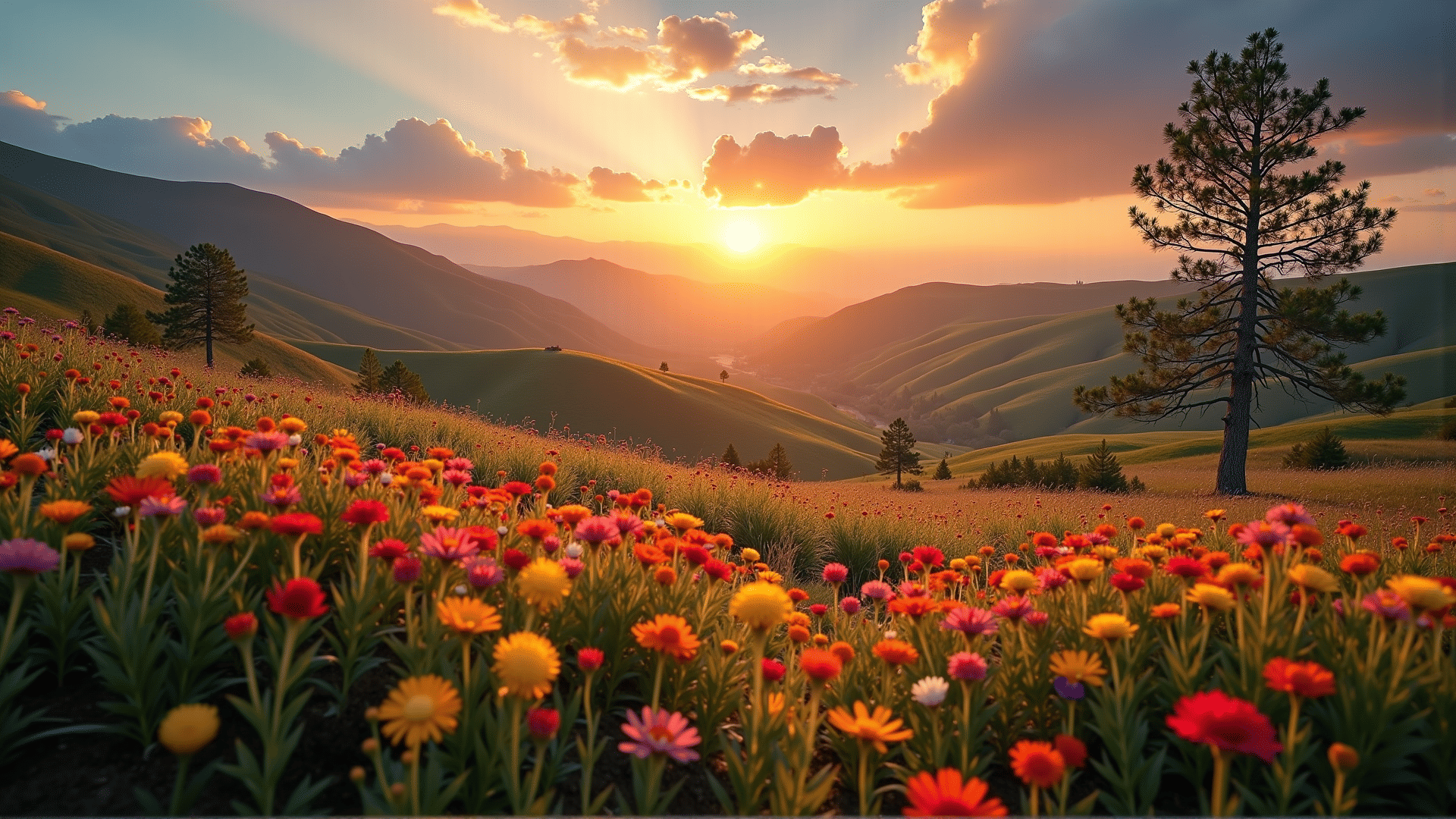Elevating your approach to capturing landscapes requires a keen understanding of composition. By mastering these techniques, you can transform natural scenes into dynamic, emotive visual stories. Let’s explore some fundamental strategies that can help you create stunning scenes full of depth and intrigue.
Understanding the Rule of Thirds
Begin your journey by familiarizing yourself with the rule of thirds. This technique involves mentally dividing your frame into a 3x3 grid. By positioning your subject or key elements along these lines or at their intersections, you can achieve balance and draw viewers’ eyes naturally into the scene. It’s a simple yet powerful way to enhance the visual interest and flow of your images.
Leading Lines and Paths
One key element in shaping your composition is the use of leading lines. These are lines within the scene that naturally guide the viewer's eye through the image, such as rivers, pathways, or rows of trees. They not only add a sense of depth but also direct focus to the subject, making your composition more engaging.
Frame within a Frame
Utilizing natural elements to frame your subject adds an additional layer of depth. This technique, often referred to as "frame within a frame," can be implemented with branches, doorways, or even shadows. It draws attention to the main subject while adding context and intrigue to the overall composition.
Playing with Scale
Enhancing your compositions also involves experimenting with scale. Positioning a person or object in the foreground against a towering mountain or expansive sky can provide a dramatic contrast and emphasize the grandeur of the landscape. This technique is particularly effective for conveying emotions and highlighting the vastness of your surroundings.
Harnessing the Power of Light
Never underestimate the importance of light in composition. Natural lighting can reveal textures, create mood, and influence colors. Whether it’s the golden light of sunset or the soft illumination of an overcast sky, learning to work with varying light conditions will significantly impact your compositions.
Color and Contrast
Balancing colors and utilizing contrast can enhance the emotive quality of your compositions. Nature often provides a beautiful palette, from vivid sunsets to muted pastels of a misty morning. Using contrasting colors can make elements stand out, while harmonizing hues can create a serene and cohesive image.
The Art of Simplicity
Sometimes, less is more. Simplifying your composition by focusing on a single subject or element can result in a more powerful image. Removing unnecessary distractions helps to emphasize the beauty of your subject and allows the viewer to appreciate the finer details.
Experimenting and Evolving
Finally, don’t be afraid to experiment and push the boundaries of traditional composition. Break the rules, try new perspectives, and embrace unexpected angles. Every landscape offers a unique story, and your creative vision is the key to telling it.
By mastering these composition techniques, you can transform ordinary scenes into extraordinary works of art. Each landscape offers a canvas full of potential, waiting for you to bring it to life with thoughtful composition and your unique perspective.
